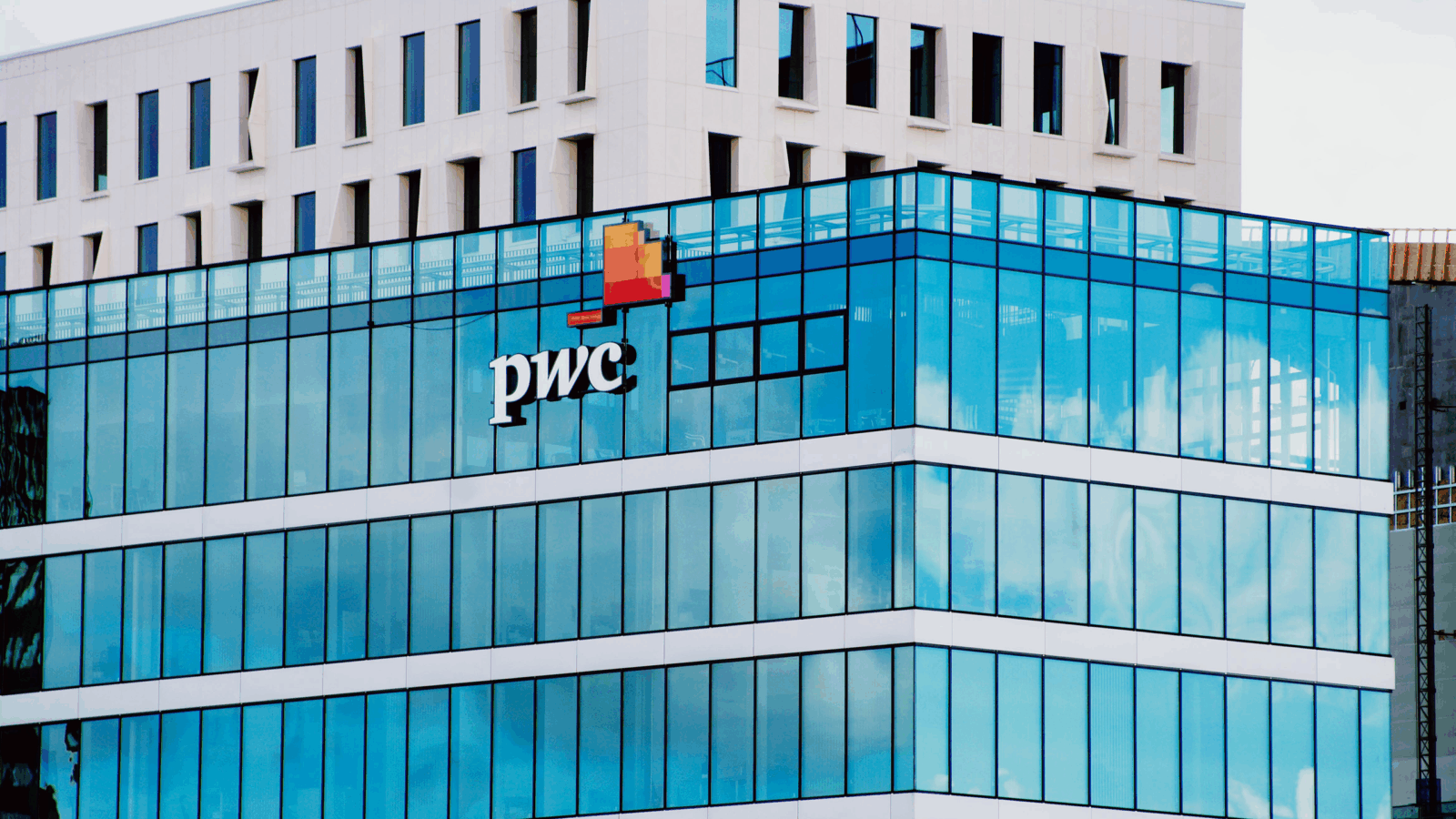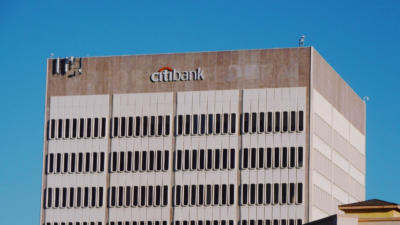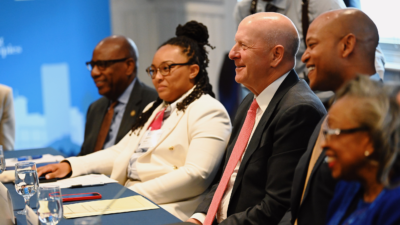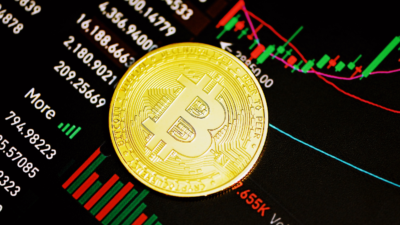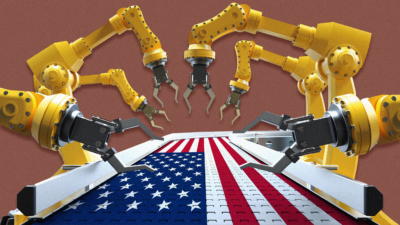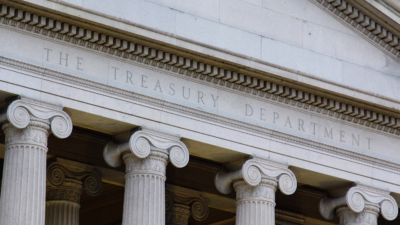Fidelity (and So Many Others) Test Stablecoin Waters
Stablecoins are the Girl Scout cookies of the financial world, and everyone’s splurging for their own this spring.

Sign up for smart news, insights, and analysis on the biggest financial stories of the day.
Stablecoins are the Girl Scout cookies of the financial world, and everyone’s splurging for their own this spring. Just this week, Fidelity Investments said it’s testing a stablecoin, and the Trump-backed crypto project World Liberty Financial announced plans to launch one of its own.
Stablecoins, a type of cryptocurrency pegged 1:1 to a specific asset like the US dollar, have spiked in popularity in recent years. They’re considered less volatile than other digital assets, which may be why major financial companies are clamoring to create their own as a first step into the cryptosphere.
Going Mainstream
The market cap of stablecoins hit a record $230 billion this month, according to DefiLllama data, as circulation grew. About $27.6 trillion worth of stablecoins were transferred last year — that’s more than the combined volume of Visa and Mastercard transactions.
Crypto companies dominate the stablecoin scene. Tether (aka USDT) has long been the largest stablecoin, and Circle’s USD Coin has been growing its market cap fast. However, new entrants from the traditional financial sector are hot on their heels:
- PayPal launched its own stablecoin in 2023, while Stripe started accepting payments using Circle’s stablecoin last month; Stripe also bought stablecoin platform Bridge for $1.1 billion.
- Standard Chartered Bank said last month it’ll create a stablecoin pegged to the Hong Kong dollar.
Even Bank of America said it plans to launch a stablecoin once US lawmakers greenlight the crypto asset — which they’re working on.
Two big bills are currently moving through the House and the Senate: The House unveiled a bill to regulate stablecoins yesterday. The Senate’s further along: Its parallel bill cleared the Senate Banking Committee and should soon head to the floor.
As POTUS pushes for the US to lead a crypto renaissance, legislation could help legitimize the industry — boosting the wider sector and the projects Trump’s personally tied to, like World Liberty Financial and its new stablecoin.
Proceed with Caution: Stablecoin advocates say the digital asset can strengthen the US dollar (many are pegged to USD), while helping the 1 billion unbanked people around the world access financial services. But critics think stablecoins have some of the same issues as all cryptos: They can facilitate crimes (like money laundering) and lack consumer protections. New regulations could change that.




